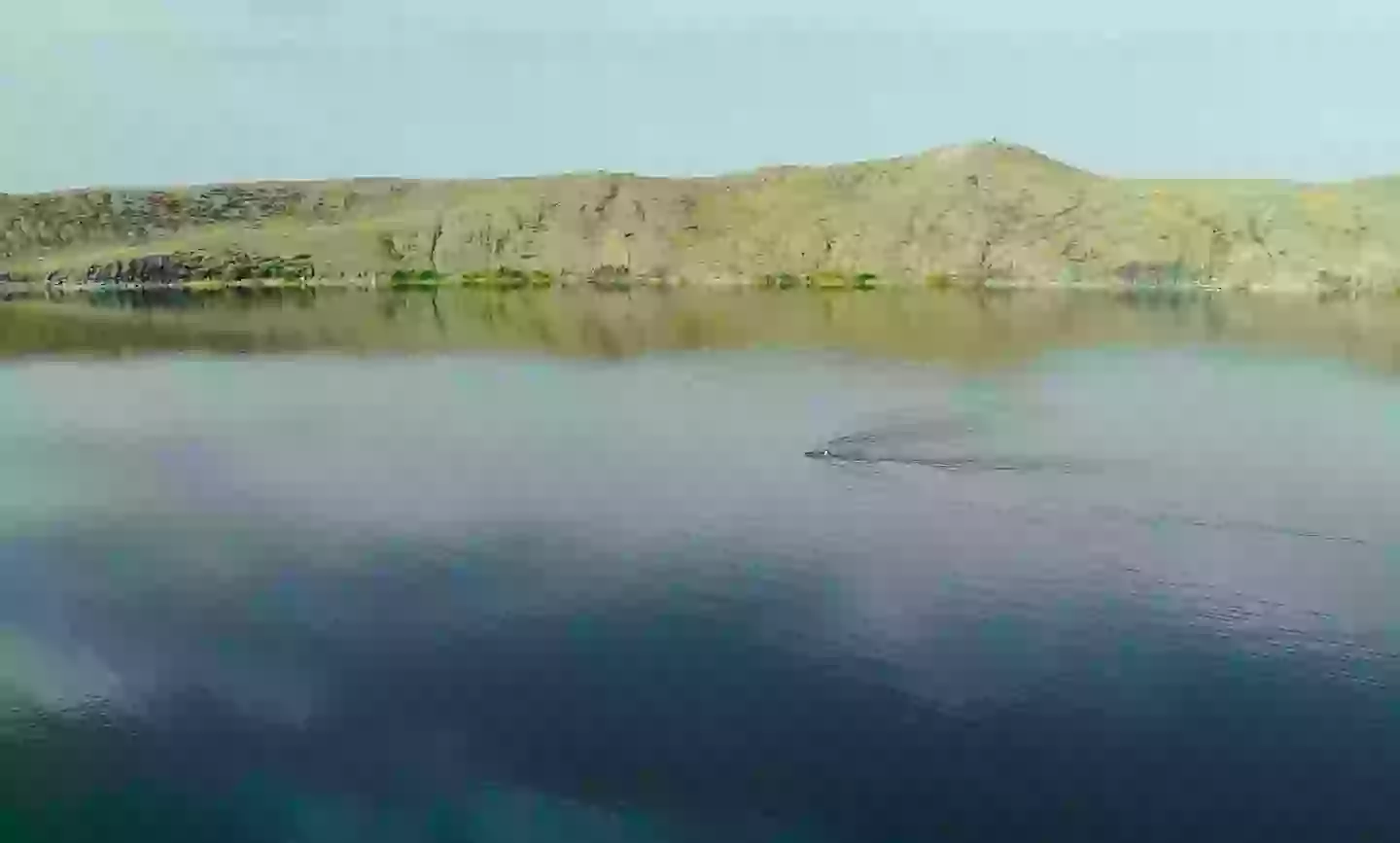
A remote lake in Kazakhstan is one of the main features of the place on planet Earth which has been nuked most often.
Of all the nuclear weapons detonated throughout history, the vast majority of them have intentionally been targeted at places where there weren't people.
The ideal nuclear weapon testing ground is somewhere well away from everywhere else to avoid the catastrophic blast and the resulting radiation from causing problems for generations to come.
Advert
However, the most nuked site on the planet is not far enough away from everything else to avoid causing harm to people, as between 1949 and 1989, the Soviet Union conducted 456 nuclear tests at the Semipalatinsk Test Site, most of which were done underground.
According to IFL Science, the testing site was isolated but not uninhabited, with several villages on the outskirts of the place and a city with over a million people living in it less than 100 miles away.

They were never warned about the tests and what impact it could have on them, as the land around them was irrevocably changed by being a nuclear test site.
One of these changes was the development of a lake in the test site which came to be called Lake Chagan and was formed out of the crater of a nuclear explosion in 1965.
Advert
Born by the bomb, the crater formed is meant to be 100 metres deep and 400 metres wide, and this remote lake became part of the most nuked place on the planet.
It gained the nickname 'Atomic Lake', and the water in it is still about 100 times over the safe limit for radioactivity.
Despite this and the warnings set up about the health hazards of the radioactive water feature, some people fish in the lake.

Among them is journalist David Farrier, who for the Netflix series Dark Tourist visited Lake Chagan, swam in it and ate a fish caught from the waters.
Advert
As for the impact on those living in the area, studies have indicated that those living closest to the most nuked place on Earth had much greater risk of cancer and other diseases connected to radiation.
The people living around Semipalatinsk and their children had many more mutations in the mini satellite regions of their DNA, according to a 2002 study (via The Los Angeles Times), and there are concerns that the changes also left them open to greater risk of being genetically more likely to develop certain diseases.
Experts reckon that around 200,000 people were directly impacted by the radiation at the site, with the Soviet Union trying to keep the health impacts on people undercover.
It's always going to be incredibly difficult to find places to test nuclear weapons that don't end up having terrible consequences for someone somewhere.
Topics: World News, Science, News